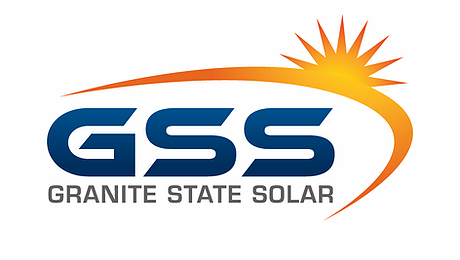The History of Solar Energy
Thanks to years of research and innovation, solar power has become a popular and reliable energy choice. We've made significant strides in solar energy technology, allowing homes and businesses to operate solely on solar power with backup batteries to avoid losing power during outages. Despite solar technology's humble beginnings, it has evolved tremendously. Curious about the journey from using magnifying glasses to harnessing the sun's energy for electricity production? Check out a condensed timeline of key discoveries that shaped solar power today!
Photo courtesy: John Perlin via https://www.smithsonianmag.com/.
1839
Edmond Becquerel discovered the photovoltaic effect, where exposure to light generates voltage or electric currents in a material.
1873
1876
Williams Grylls Adams and Richard Evans Day determined that selenium produces electricity when exposed light. This discovery proved that we could create electricity from sunlight.
1883
Charles Fritts created the first solar cell using selenium painted with a thin layer of gold. It was installed on his roof in New York City. The solar cell didn't convert energy as efficiently as modern ones do, but it was still a significant step toward the innovative solar technology we have today!
1887
Heinrich Hertz found that the photoelectric effect, where light frees electrons from the surface of a solid to create power, was more effective with ultraviolet light than with visible light.
1954
Researchers at Bell Laboratories demonstrated that silicon is more efficient than selenium at converting solar energy into usable power. This discovery led to the creation of solar cells large enough to power electrical equipment. These panels were about 6% efficient at converting energy from the sun into electricity.
1955
1958
Interest in solar energy increased when it was used to power the radios of the space satellite, Vanguard I.
Present
Over the decades, the capabilities of solar technology has continued to advance and the concept of solar power for homes and businesses has become more mainstream. Now, most modern day solar panels operate at an efficiency of around 20%.
Do you want to learn more about today's solar technology? Get in touch with our team to talk about the advanced technology we install to help our customers harness the power of sunlight!

Leave a Comment